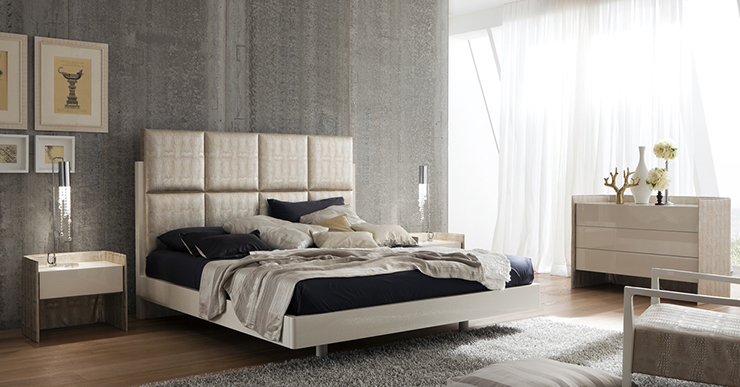There are a number of design elements to consider when designing any room: proportion, balance, color, and texture should all be brought under consideration. But one element is often overlooked when it should be at the forefront of the mind: the contrast between light and dark in a space.
Contrast refers to the balance of light and dark colors in a room. You can have high contrast spaces, low contrast spaces, and anything in between, but it’s important to know how each type of contrast will affect the mood of your room. Low contrast spaces tend to appear monochromatic, but with textures, patterns, and a variety of shapes, you can still create plenty of visual interest. High contrast spaces, on the other hand, will use larger blocks of light and dark colors. You can risk making your room appearing too busy with too much contrast, but with the right design you can use it to create something truly dynamic. High-contrast rooms usually need plenty of natural light and open proportions to work well. These high-contrast spaces tend to feel a bit more interesting and inviting, but low-contrast rooms can be more relaxing day-to-day. What’s your preference?
Read the full article here: http://www.apartmenttherapy.com/how-do-you-like-your-contrast-low-and-high-contrast-rooms-to-learn-from-229347

Leave a Reply